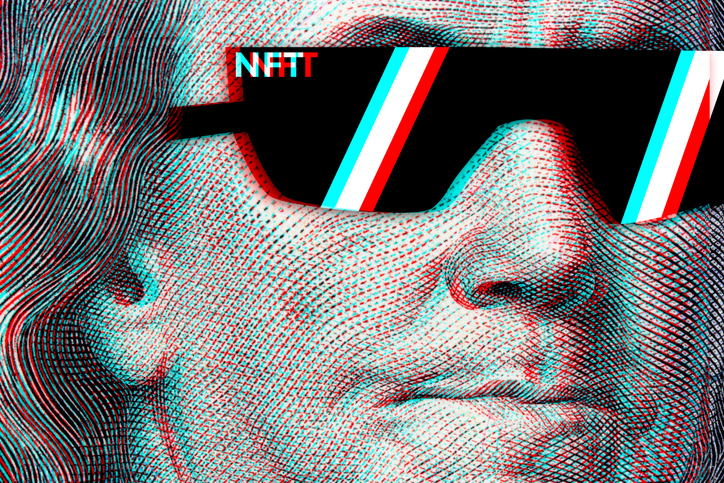
By Larry and Adam Mogelonsky
Yes, we know. The crypto bubble is bursting. But the dotcom bust didn’t end the internet, and likewise you shouldn’t ignore this technology. In fact, now that all the hype is dying down, now may be the perfect time to plant the seeds for the decade ahead.
For those in need of a refresher, there are innumerous articles on how nonfungible tokens (NFTs) work and what the metaverse promises, but key to all this is the idea of ‘nonfungibility’ or specific points of access or asset governance that are unalterable due to their immutable recordkeeping on a blockchain.
NFTs are simply digital identifiers – that is, tokens – that can give access to anything. This is where it gets fun because hotels can use them for experience augmentations or any other cross-selling opportunity. Hotels are already firmly planted in the experience economy, so NFTs are naturally one more layer, with these four broad applications coming into effect over the decade ahead.
- Enhancing the onsite experience. NFTs govern access, so you can attach a blockchain-driven exclusivity to certain amenities, all of which can be exchanged on secondary markets that require zero marginal labor on your side to upkeep. These perks can include membership clubs that combine private, ‘tokengated’ access to an onsite lounge with a secured online portal, preferential access to room upgrades, complimentary airport shuttles or early access to new product launches. And because all NFTs are unique, you can schedule these as vintages.
- Loyalty program marketplaces. Building on the first application, loyalty programs are no longer only one-to-many exchanges between the hotel company and the loyalty subscribers. Hyperledgers that are based by decentralized blockchains allow for a secondary market to emerge where said perks and enrollment can be resold based on their future value, with each resale divided amongst the individual owner and the hotel company.
- Digital twinning. Programming a hotel in the metaverse and incentivizing usage through NFT-based ownership offers yet one more path to improve onsite operations because that digital property usage can be more effectively tracked. This means that things like employee route optimization, security gaps and even preventative maintenance can be more precisely measured for greater efficiencies in the real world. Indeed, the term ‘digital twinning’ has already realized profound advantages to businesses like airplane manufacturers who can better monitor the wear and tear on their engines to more accurately predict scheduled upkeep.
- Crowdfunded cap raises. Recall the AAirpass launched by American Airlines in the late 80s where for $250,000 passholders received unlimited business class tickets on any of the airline’s flights. Flash forward to the post-pandemic and you can use NFTs to stamp crowdfunding efforts for certain large-scale projects, including renovations, greenfielding resort expansions or whole new developments. More specific to NFT version of the AAirpass, you can build such lavish programs targeting HNWIs like a million dollars for a lifetime of stays in any room or suite at any branded property with all F&B included with the underlying smart contract stating that each resale comes with an incremental price floor and a percent of sale back to the hotel. This may present an alternative to the existing bank loan system of finance.
________
Together, Larry and Adam Mogelonsky represent one of the world’s most published writing


